What is was like to be there when George VI was crowned at Westminster Abbey, by eye-witness Dorothy Wells
George VI’s coronation was lavish, with sparkling diamond coronets, clergy wrapped in spectacular copes, foreign notables in pearl-encrusted caps and the young King and Queen in their gleaming crowns, as Dorothy Wells's record reveals.


Compared with the pared-down coronation expected on May 6, George VI’s in 1937 looked like a grand, if monochrome, affair in the newsreels. However, the artist Dorothy 'Dolly' Wells, wife of Bedford MP Sir Richard Wells, experienced it in full, blazing colour from her seat in Westminster Abbey and chronicled it all in a newsletter that she typed for her children, as kindly given to us by her grandson, Mike Wells. Here’s an extract from her engagingly detailed report:
Mary, the housekeeper, called us at five o’clock and we had breakfast at six. I managed to dress my own hair — Dick gave me a sweet little “pearl” tiara, the feathers and veil were set in a comb, and, with two hairpins, I was quite secure all day. I wore the blue lace dress I was presented in five years ago and, as things turned out, I’m thankful I didn’t get a new frock. With a white fur tippet and long white gloves, I was quite snug and warm all day.
We had fun the night before preparing supplies; no cases or parcels were allowed in the Abbey; neither were opera glasses to be used. So Mary made up tiny packets of sandwiches in envelopes; I had Horlicks tablets and plain chocolate drops and we all provided ourselves with little smelling salts. All these had to go into my silver evening bag, which consequently bulged.
We alighted at Poets’ Corner and there was no crush at that hour. We were lucky to be in the second gallery, with a perfect view of the centre of the Abbey, where there was a raised dais covered with cloth of gold, with two scarlet thrones in the middle.

The Abbey’s dark marble pillars and the light grey stone were set off by the very fine blue and gold brocade with which the temporary galleries were hidden. The gold carpet on the floor was a pale yellow, and the scarlet of the thrones and uniforms and peers’ robes glowed and shone. We sat on little stools with blue velvet seats and blue velvet bars along the rows made backs to lean against.
We never left our seats for the full nine hours, as we were fascinated by everything that went on. In our block were Mr and Mrs Winston Churchill, the latter very lovely, but getting to look old; Lady Diana Duff-Cooper, rather in the same category; and Major and Mrs Gwilym Lloyd George, the latter one of the loveliest women I have ever seen.
We got an exceptionally good view of the arrivals and there wasn’t a dull moment. Some of the peers and peeresses managed their difficult robes as if they lived in them, others were evidently most embarrassed and bundled them up as if they were carrying the washing. The coronets were sometimes carried in the hand, sometimes dangled by four white ribbons, like baskets.
Exquisite houses, the beauty of Nature, and how to get the most from your life, straight to your inbox.
The Abbey doors were shut at 8.30am and the procession of the clergy and choir went down with the regalia from the high altar to the annexe. The little children of the Chapel Royal wore red and gold coats, rather like heralds; the choirboys had scarlet cassocks and white surplices. The clergy had gorgeous copes, mostly white and gold, but four of them had green and gold ones, which were a great touch among all the white, red and gold.
At 9 o’clock, the various processions began with a fanfare of trumpets; two heralds appeared, then the gentleman ushers, followed by the Carisbrookes, Milford Havens, Lord and Lady Maud Carnegie, and several less important members of the Royal family. Next came the procession of foreign Royalties and representatives of foreign states, who were seated in the choir out of sight to our left. Various ushers and attendants of these notables filed past us — Indians in beautiful turbans, Arabs in white burnouses and, quite close to our left, a Nepalese in his pearl-covered cap, with a whole bird of paradise waving above. He frequently took it off during the service; I imagine it weighed a great deal.
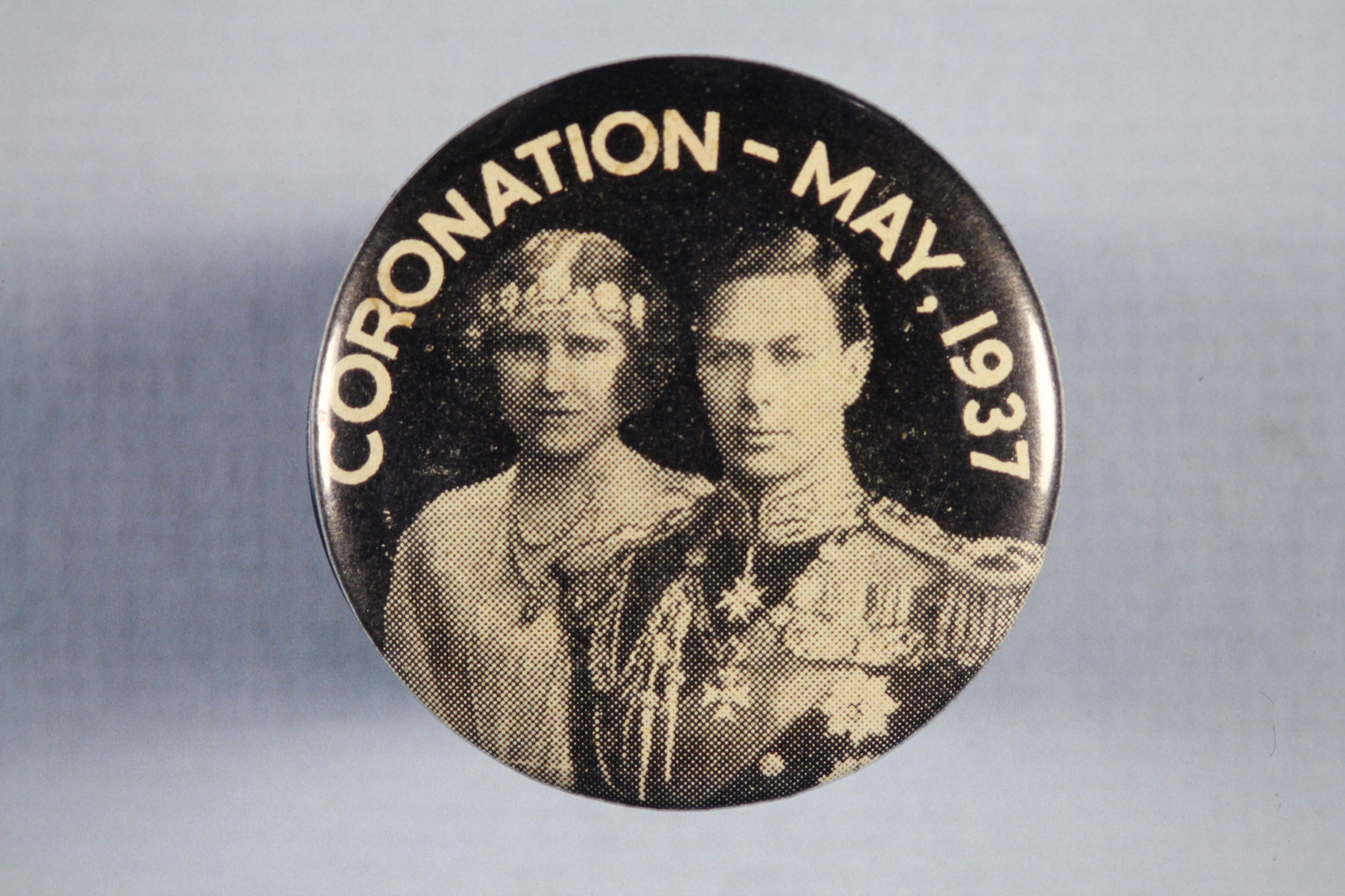
At 10.15am, there was another fanfare of trumpets, more heralds, then the Princess Royal with the two little princesses on each side of her; they looked so tiny and very sweet. At 10.35, came Queen Mary and the Queen of Norway; Queen Mary looked quite splendid and so regal, with her lovely white hair surrounded by a coronet of diamonds. She had the Duchess of Devonshire and Lady Ampthill and Dowager Lady Earlie in attendance, with a lot of pages to bear her train.
At 11am, the greatest procession of all began; headed by the Abbey Beadle, who looked quite medieval in a white high-necked gown, bearing a huge cross. The clergy and prelates came first, including the Free Church representatives, who were dressed in long black gowns with Geneva bands and took their places in front of the peeresses opposite us. This was rather a beautiful effect — the rows of black made a foil for the shimmering white robes of the peeresses; in spite of their crimson trains, from the front, the general impression was of white, with here and there a flash of diamonds. Then came the crosses of York and Canterbury, with their respective Archbishops, and the Queen’s regalia borne by various nobles; next the Queen herself, looking so sweet and young, with her dark little head bare and her immense train carried by six beautiful girls all dressed like in white.
The King’s regalia made a procession in itself, with the nobles and bishops and their pages, heralds and attendants. Last came the King, wearing a velvet cap of state, with the bishops on either side and his train borne by nine scarlet and white-robed pages.
From where we sat, we couldn’t see the Coronation chair, but the whole thing was very well relayed. The Archbishop of Canterbury came down to the theatre and stood at each corner, with the words: “Sirs, you see before you your undoubted King, George.” After which the shout of “Long live King George”, led by the Westminster schoolboys, echoed up in the Abbey — very thrilling. The King took the oath and his voice hardly faltered at all. When the moment of the crowning came, all the peers put on their coronets; we had the Viscounts below us and saw that very well.
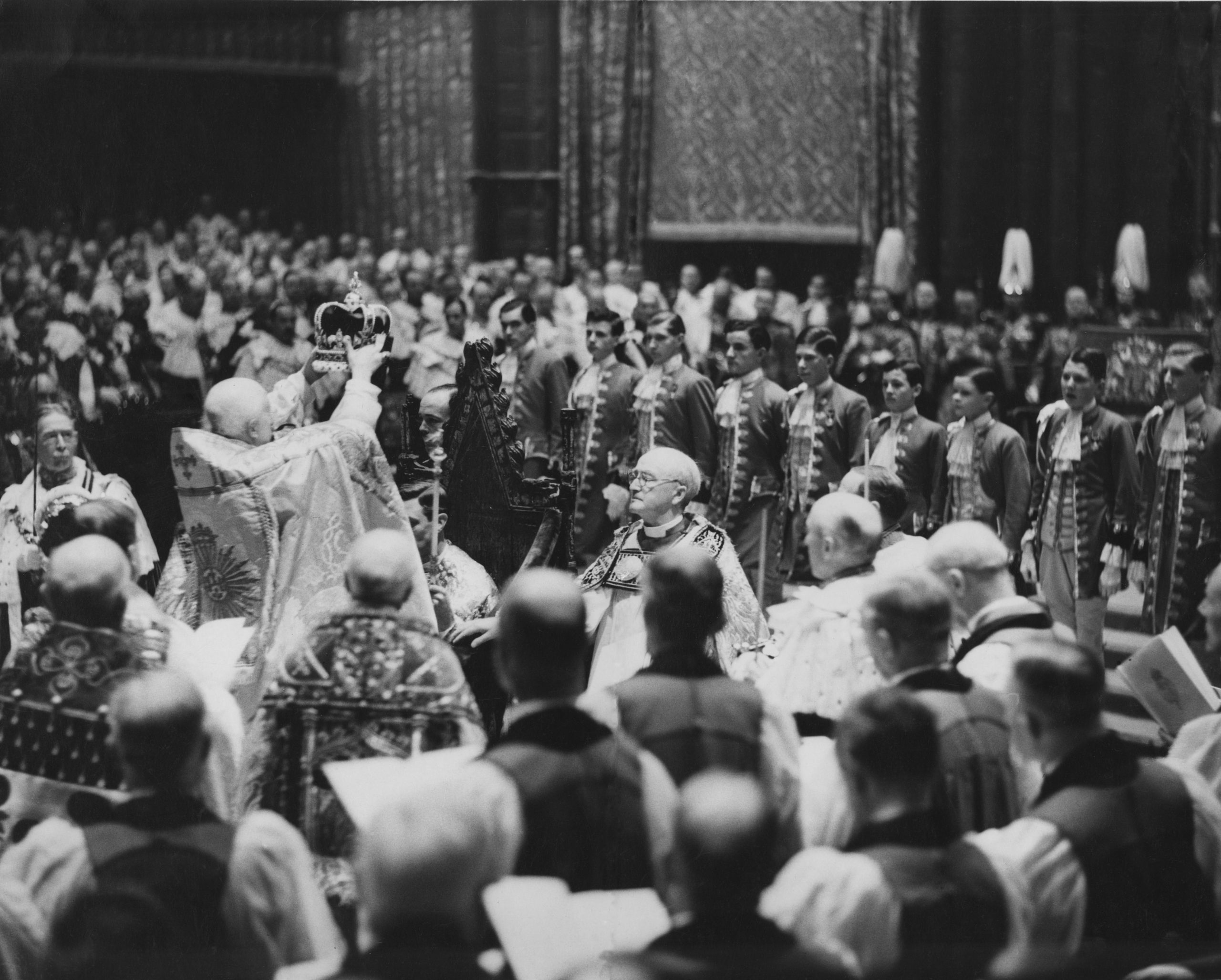
Lord Hailsham, the Lord Chancellor, was standing below us in the theatre, and we were much amused at his efforts; he wore a huge grey wig and had an outsize coronet, and had some difficulty with his heavy robes in getting his arms up to his head; the coronet on top of the wig was very like a birthday cake.
The King was led down to the theatre below us and enthroned. Then came the Homage. First, the Archbishop ascended the steps and made his vows, kissed the King’s left cheek and touched his crown; then came the Royal dukes and each senior of the orders of nobility. When each was paying his homage, all the rest of the nobles of that order took off their coronets and knelt down where they were. We saw all the Viscounts below us paying their homage en masse. At the end, there was a roll of drums, the trumpets blew, and we all shouted “God Save King George”.
The Queen’s ceremony was shorter. We admired her four Duchesses, who had to carry the golden canopy — a real feat, as they walked up bearing the poles of the canopy and trailing their long velvet trains behind them. This cannot have been easy to do with grace, but they managed it perfectly. When the Queen was crowned, all the peeresses opposite us raised their white gloved arms and put on their coronets; some of them seemed to have no trouble, but others were struggling for some seconds to adjust the queer, top-heavy little things.
The Queen came down from the altar and made a beautiful obeisance to the King on his throne before ascending her own; the six girls managed her train so well and the little Queen sat on her throne with a sceptre in either hand, looking very dignified and solemn. The King and Queen’s crowns looked almost black compared with the bright red of the peers’ coronets. Once I caught such a gleam from the King’s crown, it looked like first a red light, then a green and then orange burning on his head. The Queen sat very still, and her diamond crown glittered faintly.

The King and Queen looked so young, and one felt what a mighty burden had been laid on those two. As the King walked down the nave, we all sang “God Save the King” and I feel sure many eyes had tears in them, like mine. Queen Mary walked away with the two little princesses on either side, wearing their little gold coronets and looking very sweet. We were sitting next to a Labour MP and his wife, and we agreed — the wife and I — how impossible it would have been to have had Mrs Simpson in that great ceremony.
After the ceremonial was over, we had to wait in our seats. One little lady was munching away the whole time! I suspected chewing gum, until we saw her produce an enormous white satin bag, out of which came packets of sandwiches and even a flask. We were more discreet and only sucked an occasional Horlicks tablet or chocolate drop. At last, we went down the stairs to the covered entrance; that was the worst part of the day, as there was a terrible muddle about the cars and it was pouring with rain. We were jammed up like sardines — I had a little Japanese lady by me, and we grinned at each other cheerfully. One bad old lady lit a cigarette, which I thought was positively dangerous, with all our tulle veils and feathers so squashed up. Another poor little lady was almost weeping as she told us her husband’s uniform would be quite ruined, as he was in the procession. This was when I congratulated myself on not having got an expensive new dress, although I stood most of the time with my silver shoes in a puddle, as the wet had soaked through the carpet.
We got back to The Boltons and had a welcome tea, rested and I confess I went fast to sleep. After dinner that evening, we listened to the Coronation broadcast and so ended a day we shall none of us forget. I do not think there can ever have been a Coronation which went off so perfectly.
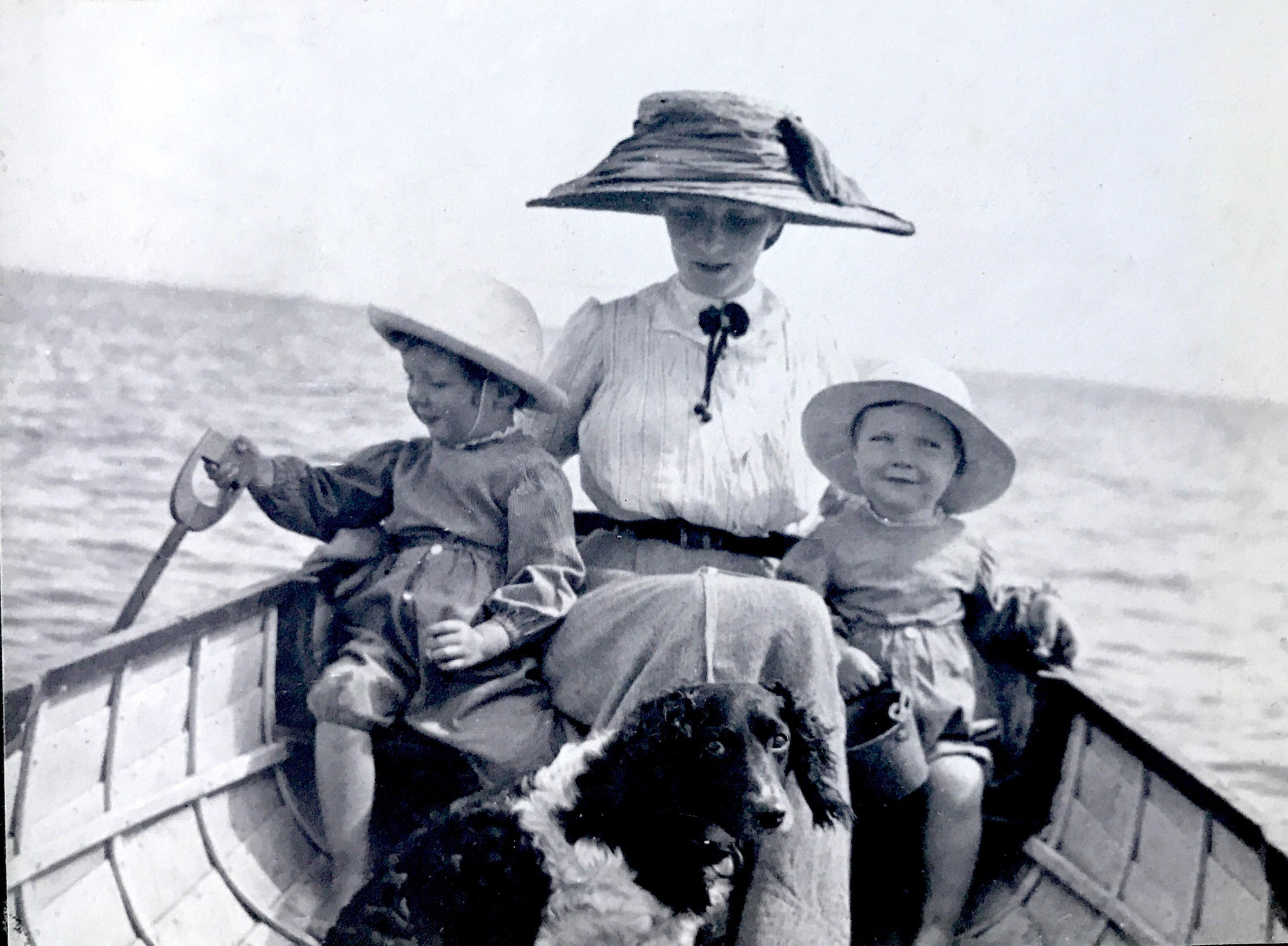
What the Charles III coronation invitations look like — and why they'll likely be worth a fortune one day
Invitations to coronations have always been highly prized. Since the 18th century, they have also been designed to reflect the

The Timetable for the Coronation of King Charles III, including the order of service and The Oath
Eleanor Doughty takes a look at what's happening over coronation weekend — and explains the changes in the roles of dukes
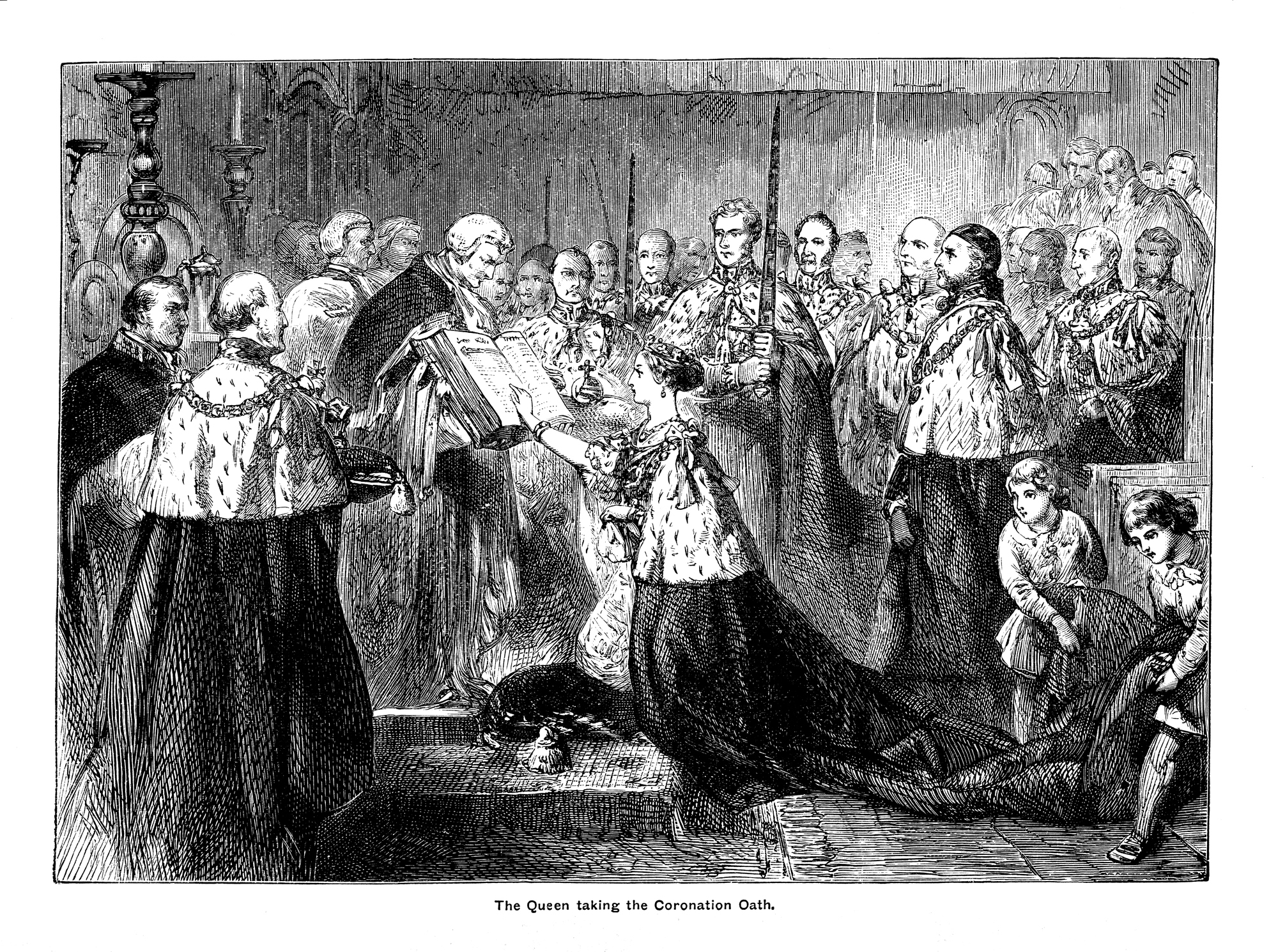
The Coronation oath: 'This is no empty display. It is the foundation stone of our system of government'
The Queen’s Coronation saw her take an oath which is crucial to our system of Government.

Coronation memorabilia: Future heirlooms, or future charity shop tat?
Love it or loathe it, royal memorabilia is big business. Huon Mallalieu takes a look at the commemorative souvenirs of
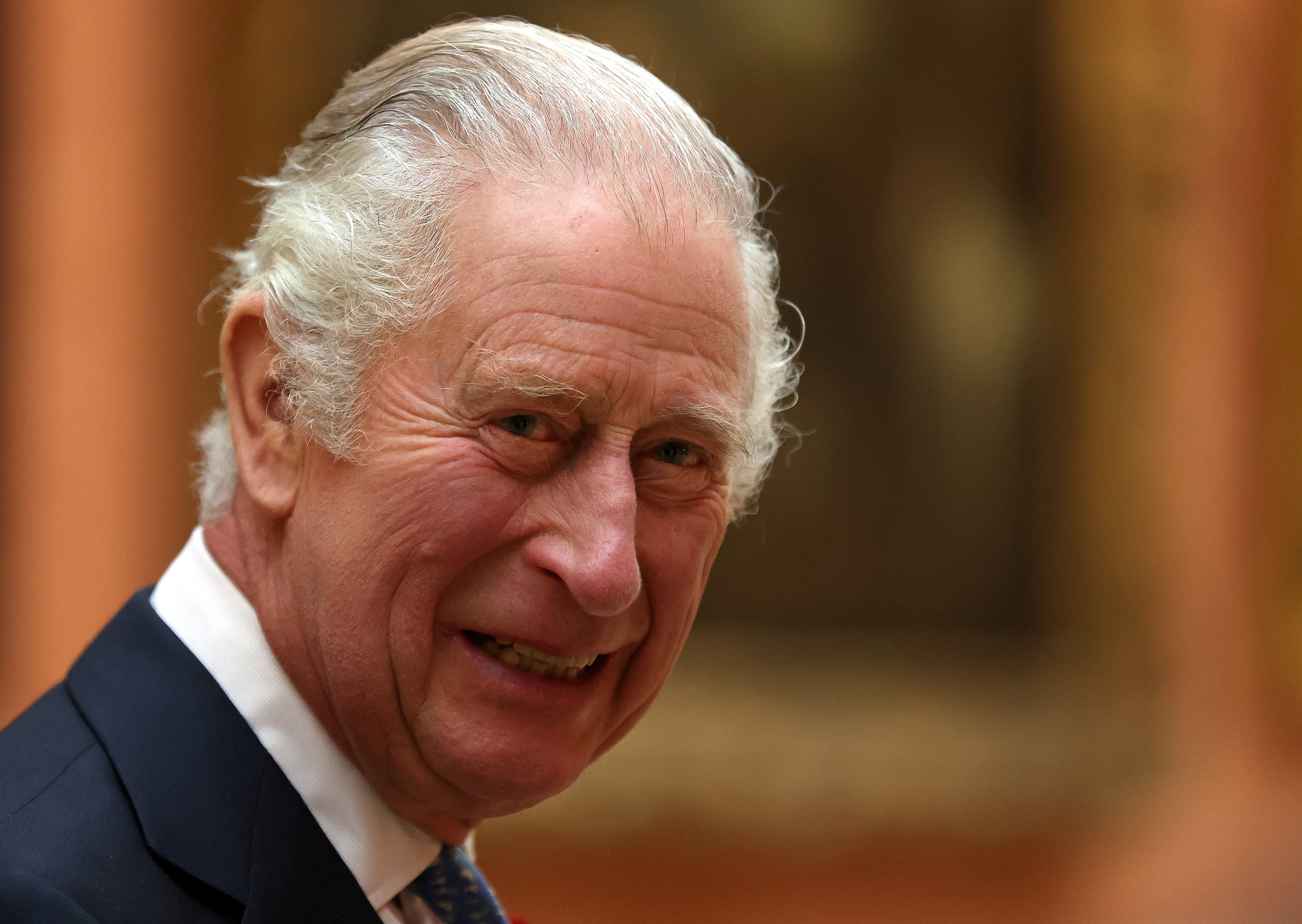
What sort of man is King Charles III, and what sort of king will he be?
A brilliant conversationalist, a cracking host and, surprisingly, an excellent actor, Charles III genuinely cares for people and strives to
Country Life is unlike any other magazine: the only glossy weekly on the newsstand and the only magazine that has been guest-edited by His Majesty The King not once, but twice. It is a celebration of modern rural life and all its diverse joys and pleasures — that was first published in Queen Victoria's Diamond Jubilee year. Our eclectic mixture of witty and informative content — from the most up-to-date property news and commentary and a coveted glimpse inside some of the UK's best houses and gardens, to gardening, the arts and interior design, written by experts in their field — still cannot be found in print or online, anywhere else.
-
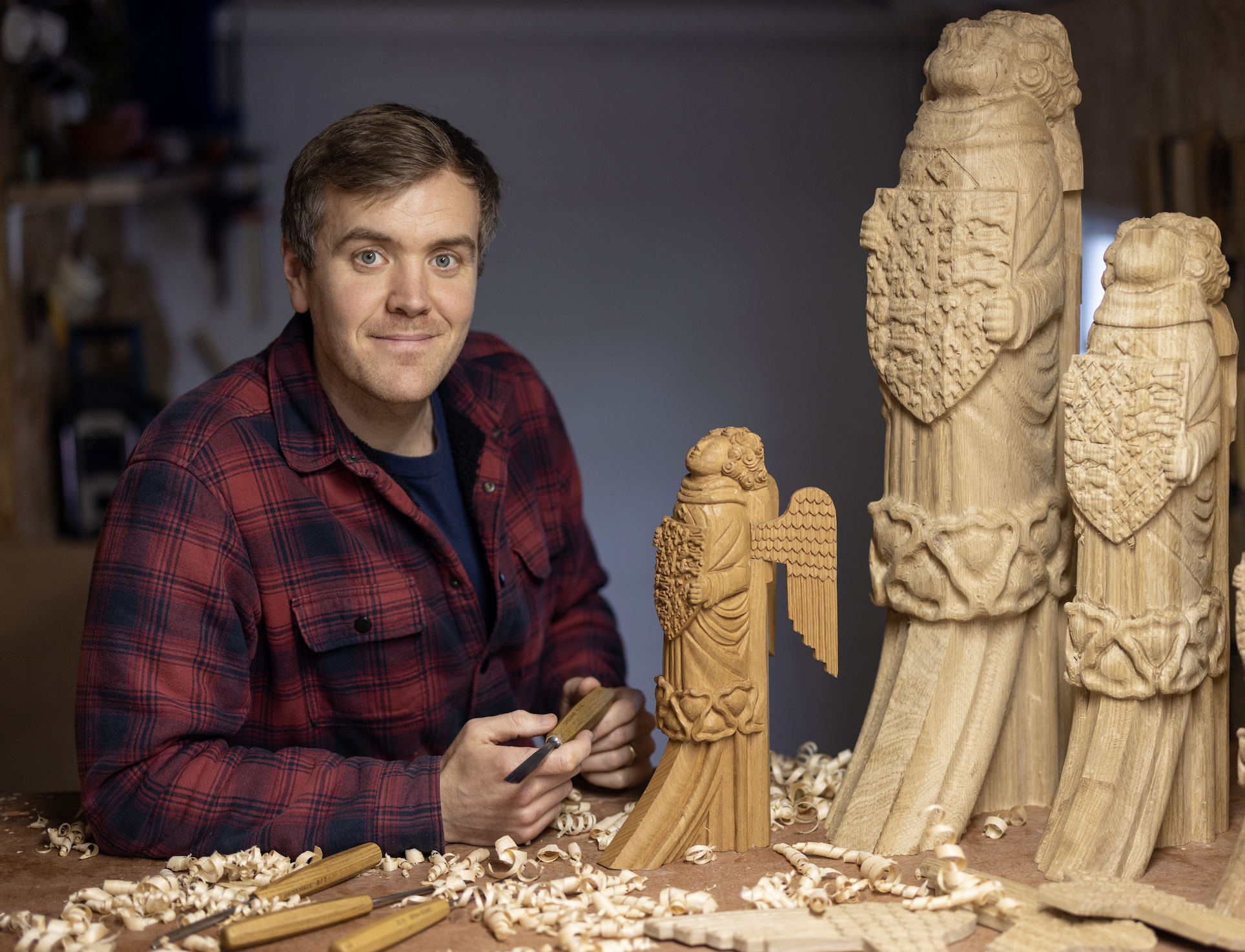 ‘Each one is different depending on what mood I’m in, how I'm feeling and how my energy is’ — meet the carver behind Westminster Hall's angel statues
‘Each one is different depending on what mood I’m in, how I'm feeling and how my energy is’ — meet the carver behind Westminster Hall's angel statuesBespoke woodcarver William Barsley makes unique scale replicas of the angels that gaze over Westminster Hall, the oldest part of the palace of Westminster.
-
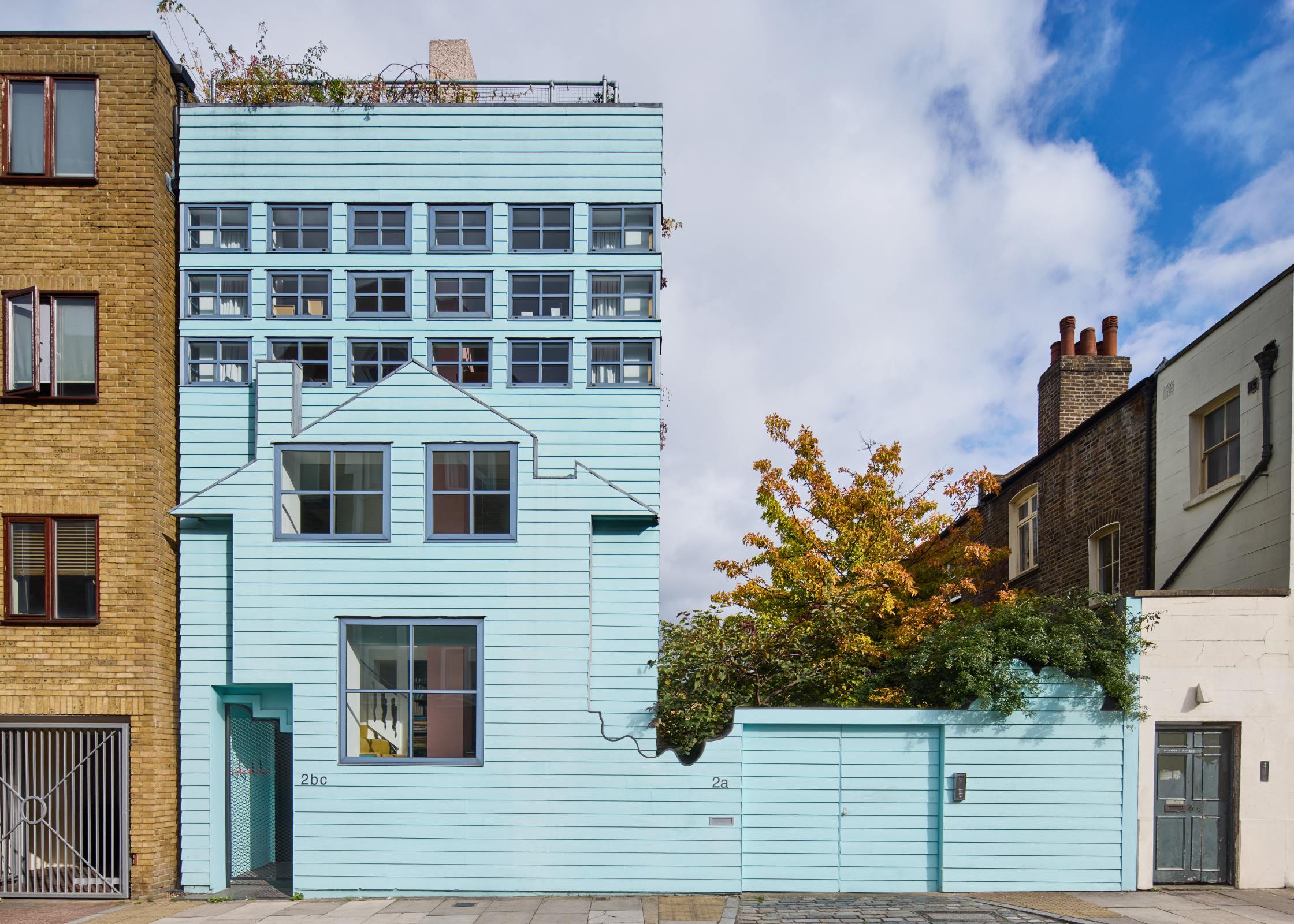 This house in glorious technicolour is the perfect antidote for the grey days of a British winter — so why don't more of us live in brightly coloured homes?
This house in glorious technicolour is the perfect antidote for the grey days of a British winter — so why don't more of us live in brightly coloured homes?It's not often that you see a home sporting the colour palette that you'd get if you hired a four-year old as your interior designer. But why not? The Blue House in Bethnal Green asks this and many more questions.
